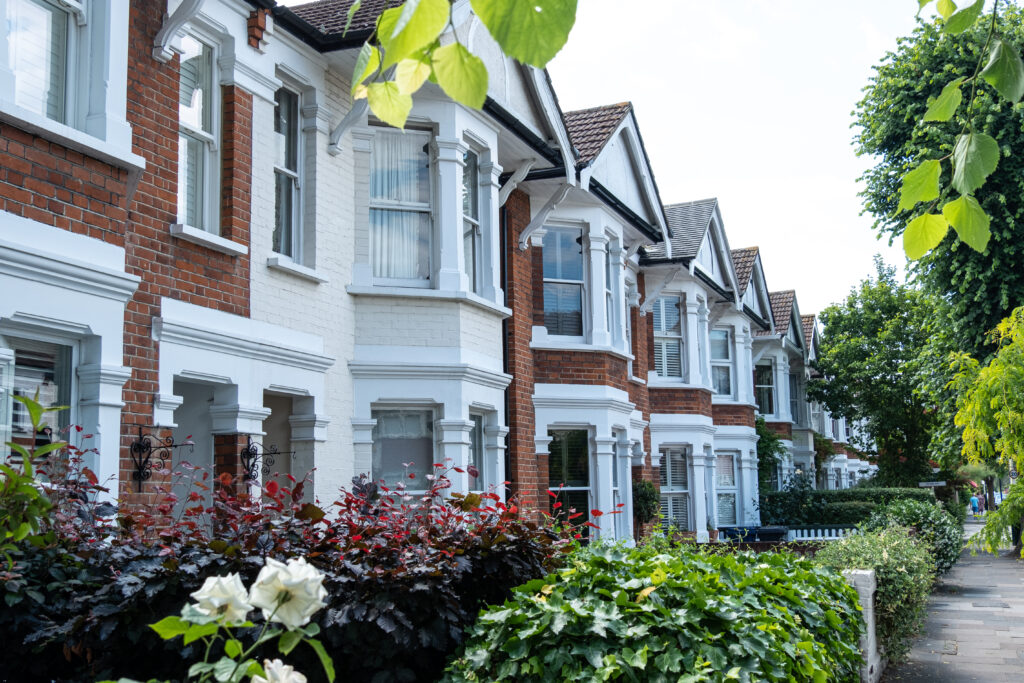Smith Heritage Surveyors
About our Damp & Timber Surveys
Damp & Timber Surveys provide detailed reports of the causes of damp in your property and how to solve it. Using innovative surveying technology, Smith Heritage Surveyors will assess the scale and identify the root cause of the problem.
Most importantly, the report will detail remedial repairs needed to alleviate the damp and estimations of the cost.
You may require a damp survey pre-purchase if you or your surveyor has identified damp within the property, and now requires a specialist and further investigation.
Or you may be a home owner who has had a long term damp related problem in your home, or have recently noticed changes that require an in-depth assessment as to the root cause of the problem.
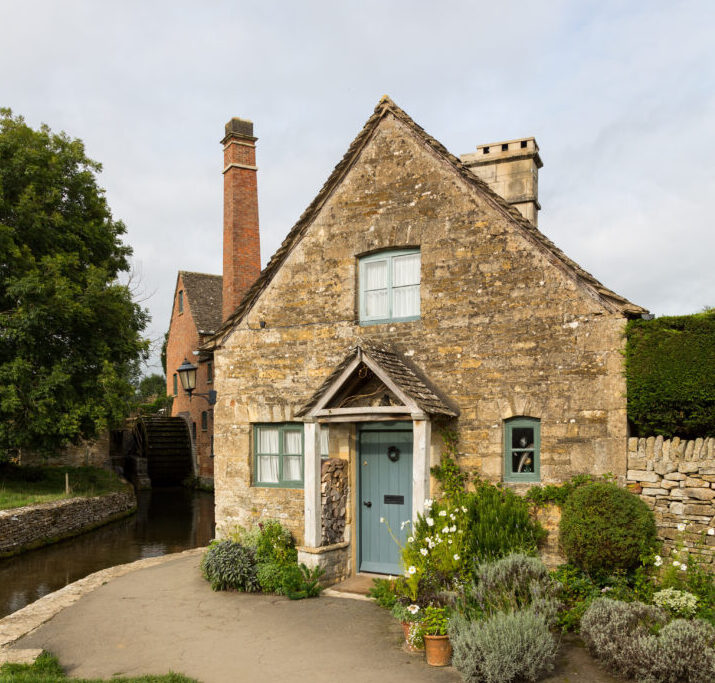
Smith Heritage Surveyors
What’s included in a Damp & Timber Survey?
- Detailed report of the property that explains any issues and gives recommendations for solving them
- Thermal Imaging Survey of the building fabric using FLIR Thermal Imaging Cameras to identify any damp, trapped moisture or thermal inefficiencies
- Atmospheric moisture readings using Vaisala Thermo Hygrometers to measure relative humidity, dew point and ambient humidity
- Inspection camera survey to observe hidden floor joists and cavity walls
- We can also carry out an onsite chemical carbide test on masonry samples to determine the Total Moisture Content (TMC)
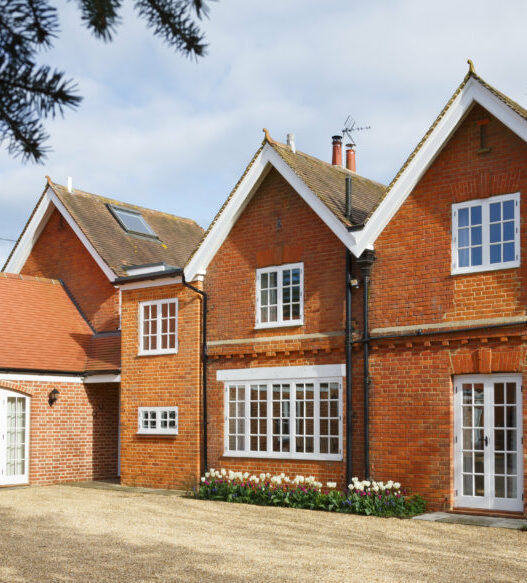
Smith Heritage Surveyors
What are the different types of damp?
There are three main types of damp that are found in buildings:
Penetrating damp – one of the most common types we see, usually caused by leaks, external moisture or other environmental conditions.
Condensation – a type of damp that is more challenging to diagnose as the cause is often unclear. Using a variety of scientific equipment, we will identify the cause and provide a solution.
Rising damp – a type of damp that’s existence is hotly debated in the surveying industry. We have inspected hundreds of properties where a previous building surveyor has diagnosed rising damp, only to find that it is condensation caused by a lack of ventilation.
If you have had a survey previously and been advised to arrange further investigation by a PCA damp specialist, Smith Heritage Surveyors can help. We will provide professional advice to help you challenge mortgage companies or estate agents. We never recommend damp proofing and have never seen a true case of rising damp. If you’ve been told you need this, get in touch with us.
Contact us
Book a Damp & Timber Survey
Smith Heritage Surveyors are experts in damp and timber within buildings. Highly qualified and with an abundance of experience, your surveyor will thoroughly inspect the property and provide a detailed report to guide you through the causes and solutions.
To put an end to your damp problem, book a Damp & Timber Survey with Smith Heritage Surveyors today.
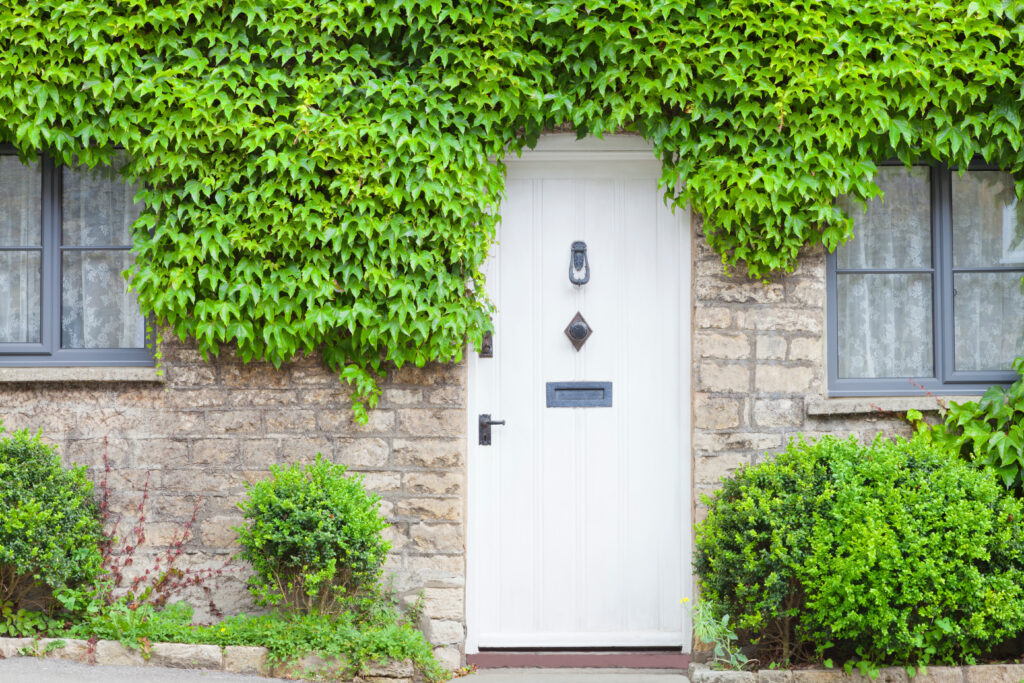
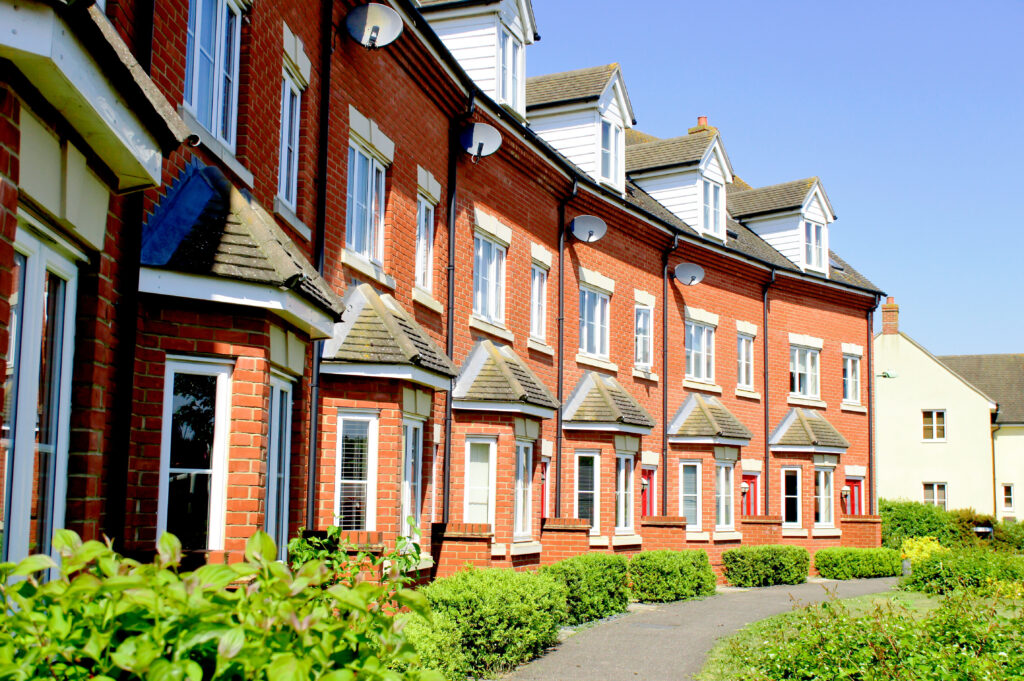
Our portfolio
Damp & Timber Survey case study A
The majority of our damp related enquiries come from London, and in November last year we instructed a large Victorian Terrace in Battersea.
We were contacted by a lady who had been told by her surveyor that their was severe damp throughout her property and that further inspection was required by a damp specialist. After a long telephone conversation and assessment of the previous surveys findings, we carried out a damp and timber survey of the property.
Smith Heritage Surveyors carried out a Damp & Timber Survey to identify the causes of the damp and advise on the remedial works required.
The first area highlighted as damp was the basement. This is a common area highlighted by surveyors and for obvious reasons… It is below ground. Lateral moisture penetration is inevitable. How we manage that moisture is the key. We helped create a management plan and provide a suitable, long term solution to maintain and utilise the basement area.
The second area was within the bathrooms and kitchen where large amounts of mould were noted, particularly on the window reveals. What should be understood is that moisture is produced in multiple ways in a normal property and it will condense generally on the coldest surfaces, which is why you see water running down windows on a winters day. Yes there were issues with condensation in this property. Primarily caused by a lack of understanding of how an old building works, how moisture evaporates in traditional buildings and general poor ventilation.
We were then able to provide the client with a step-by-step plan, including associated costs, to help them budget for and rectify the damp issues with ease.
Damp & Timber Survey case study B
A double going at it with the chemical injected damp proof course! if it doesn’t work the first time, why not try it again?
Look at the whole picture – Ground levels, between 3 to 4 bricks visible the whole way around. DPC – A double layer of slate, still intact and showing zero signs of failure. Original lime, breathable mortar still in situ and sound. Was there ever any damp to start with?
If you ask a salesman to inspect your property, guess what, you will need exactly what they are selling. There’s no such thing as a free lunch and if the surveys are free, the solution will cost a bomb. Chemical damp proofing is a con, is never appropriate for a traditionally built property, and can actually create dampness by their cowboy methods creating cold spots and points for water to penetrate.
We can assist if you need proper advice, with professional, sympathetic solutions that do not cost the earth.
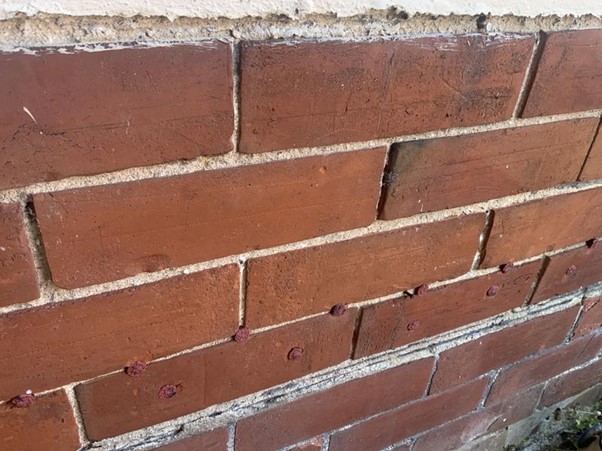

Damp & Timber Survey case study C
Death watch Beetle are going to kill you and eat your house in one, coming soon.
Why us
Independent damp specialists
Smith Heritage are independent damp specialists, we do not belong to a large corporate or report to national estate agencies or lenders. Our only income is generated from the fees our clients pay us for our time and knowledge. You will have heard of other damp surveying companies who will offer a cheap and quick survey, followed by the sales pitch and invoice of chemicals and work from their associated contractors. This is not us. We do not apply chemicals or offer miracle products to cure damp. Our only goal is to educate homeowners and improve building health through harmonious remedial action and minor habitual changes.
All of our surveys follow guidance from the RICS, the RICS damp methodology, BS-7913 Conservation of the historic Environment and Historic England (and sometimes SPAB).
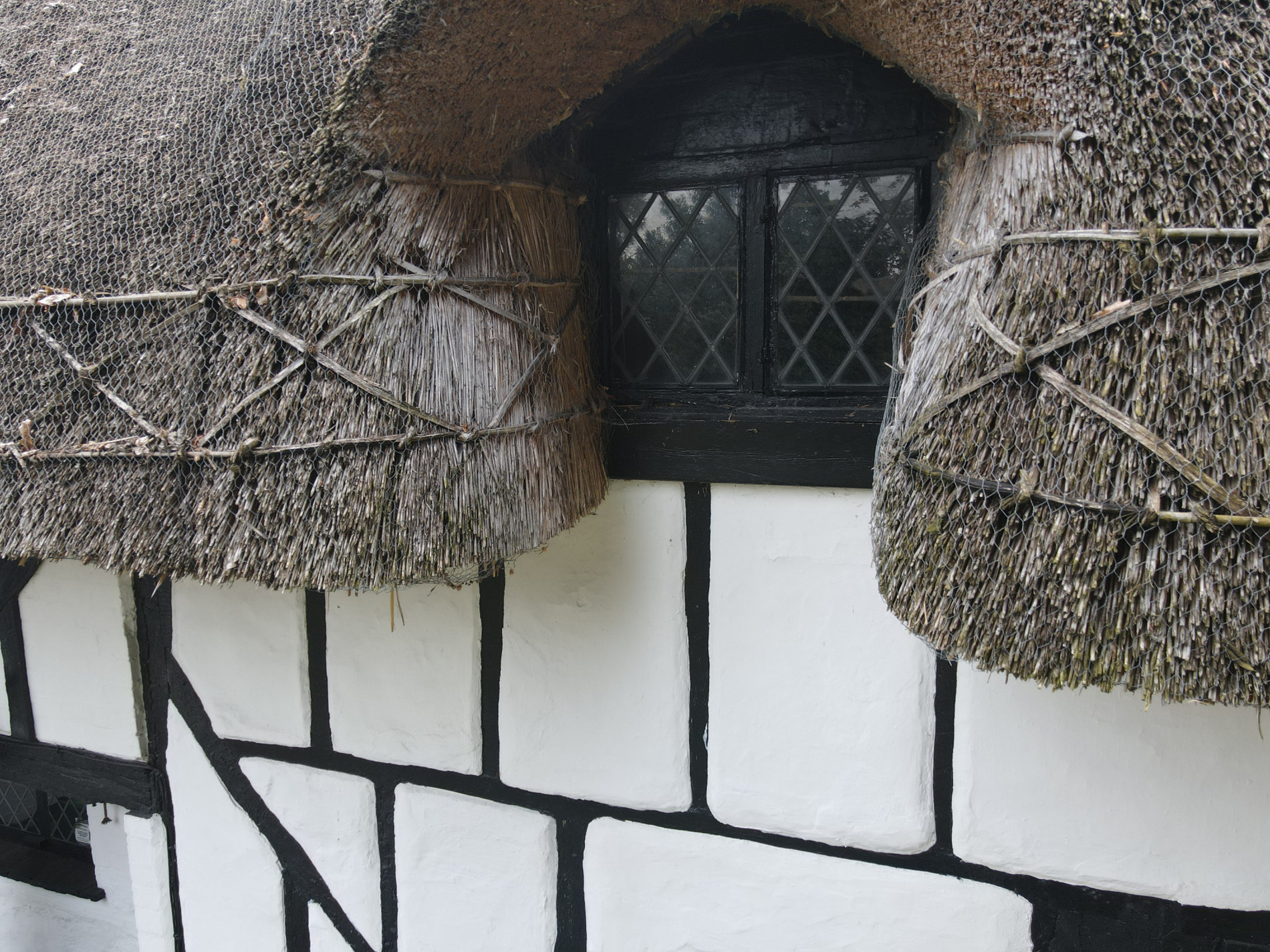
Damp in buildings: Key elements to consider
A Full Guide to Damp and Timber Surveys
- Moisture meter readings: Moisture meters are used to measure the moisture levels in the affected areas, walls, and floors.
- Hygrometer readings: Hygrometers are used to measure the humidity levels in the affected areas to determine if the environment is conducive to dampness.
- Inspection of roof, walls and subfloor: The roof, walls, and subfloor are inspected for signs of leaks or damage that may be contributing to dampness.
- Assessment of ventilation: The adequacy of ventilation in the affected areas is assessed to determine if a lack of ventilation is contributing to the dampness.
- Report preparation: A report is prepared that summarizes the findings of the survey, including recommendations for remedial measures to resolve the dampness issue.
- Property purchase: If you are considering purchasing a property, a damp survey can help you to identify any potential damp problems, which can affect the value of the property and the cost of any necessary repairs.
- Property sale: If you are selling a property, a damp survey can provide evidence of the condition of the property, which can help to avoid disputes with the buyer.
- Maintenance and repair: If you suspect that your property has damp problems, a damp survey can provide a comprehensive assessment of the extent and cause of the dampness, which can inform any necessary repairs and maintenance.
- Health concerns: Damp and mold can have negative health effects, especially for people with respiratory problems, allergies, or weakened immune systems. A damp survey can help to identify any potential health hazards in your property.
In conclusion, if you have concerns about dampness in your property, a damp survey can provide valuable information to help you make informed decisions and protect your health, home, and finances.
By disclosing any issues with dampness, you can demonstrate transparency and honesty in the sale process, which can help to build trust with potential buyers and avoid disputes down the line. Additionally, potential buyers will appreciate being fully informed about the condition of the property and can make informed decisions about whether to proceed with the purchase.
It’s important to address any dampness issues before listing the property for sale, and if necessary, to obtain a damp survey report to provide evidence of the condition of the property. This can also help to avoid any surprises during the sale process and increase the chances of a successful sale.
A damp surveyor, in particular, is trained to identify and assess dampness in properties, and will have the knowledge and expertise to provide a comprehensive report on the extent and cause of dampness, and to recommend the best course of action to resolve the issue.
It’s important to note that while surveyors will typically pick up dampness, they may not always identify every issue, particularly if the dampness is hidden behind walls or flooring. If you have concerns about dampness, it’s a good idea to have a damp survey conducted by a specialist damp surveyor to assess the extent and cause of the problem and to determine the best course of action.
Yes, we carry out damp and timber surveys in London and have surveyors based in Twickenham who will travel all over to help our clients.
In the context of buildings and the indoor environment, condensation typically refers to the process by which moisture in the air condenses into water droplets on cold surfaces, such as windows, walls, and ceilings. This can happen when warm, moist air comes into contact with a cold surface, causing the moisture to condense into water droplets. This can lead to problems such as mold growth and structural damage if not addressed properly through proper building design and ventilation strategies.
Condensation can also occur in other contexts, such as in the atmosphere, where it can result in the formation of clouds and precipitation.
Surface condensation and interstitial condensation are both forms of condensation that can occur in buildings, but they refer to different things.
Surface condensation refers to condensation that occurs on the surface of building materials, such as windows, walls, and ceilings. This occurs when warm, moist air comes into contact with a cold surface, causing the moisture to condense into water droplets. Surface condensation is usually visible, and it can be a problem because it can create an environment that is conducive to the growth of mould and other harmful substances.
Interstitial condensation, on the other hand, refers to condensation that occurs within the interstitial spaces of building materials. This can occur in the cavity between two sheets of building material, such as in a double-glazed window, or in the space between the insulation and the outer surface of a wall. Interstitial condensation is not visible, but it can still cause significant damage over time, as the moisture can cause corrosion of the building materials and promote the growth of mold and other harmful substances.
In summary, surface condensation is visible and occurs on the surface of building materials, while interstitial condensation is hidden and occurs within the interstitial spaces of building materials.
The cost of a timber and damp report can vary greatly depending on several factors such as the location, size and complexity of the property being inspected.
In general, the cost of a timber and damp report can range anywhere from a few hundred to several thousand pounds. To get a more accurate estimate, it’s best to get in touch and ask for a quote based on your specific needs.
We carry out surveys throughout London, the South East and South West. We specialise in traditional buildings but due to our recognition as one of the leading damp specialists in the country, we also carry out damp surveys on more modern properties when requested.
Contact us either via email or call us to discuss your requirements.
Speak to Smith Heritage
Contact us today
To request a quote or enquire about any of our services, get in touch with the Smith Heritage team today.
